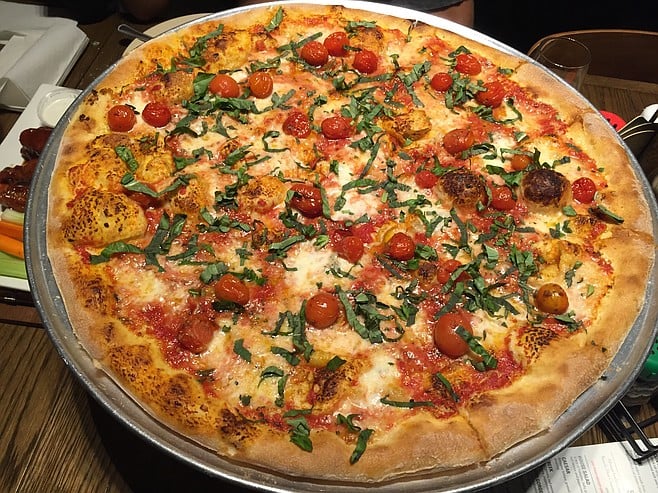Even if you do not have any previous experience working in a pizzeria, learning the ropes is not terribly difficult. With the right teacher, you can learn how to make dough, toss pizzas and cook them to perfection in a single day. Of course, there are certain subtleties that take more time to learn, but spending a month in a working pizzeria is really all that is necessary to gain an accurate understanding of the basics. It is, however, incredibly important to deeply consider the pizzeria’s identity before entering the industry, as a clearly defined identity is absolutely critical to the success or failure of the pizzeria.
According to Hugo Sebastian Hirsch, the identity of a pizzeria should be based on several different factors. Of those factors, the first to consider is location. Outside of New York, Chicago and New Haven, most regions are without a traditional style of pizza, so a new pizzeria should research the styles of pizza available in the area. In most cases, these pizzerias offer standard fare, focusing on making pizzas that have the broadest possible appeal in order to reach as many customers as possible. If this is the case, Hirsch believes that there is a lucrative opportunity available in opening a restaurant that provides specialty pizza options.
A specialty pizzeria can focus on providing the deep-dish pizza found in Chicago, the thin-crusted slices found in New York, or even the charred Neapolitan “apizza” common to New Haven. While these are viable options that will attract a loyal base of customers, Hirsch recommends a different approach by instead creating a restaurant that treats pizza with a greater deal of reverence. Using fresh, unique ingredients while taking a more gastronomic approach, gourmet pizzerias are able to attract a wide range of customers who are looking for a new way to enjoy something incredibly familiar.



